Point Clouds Explained
Welcome to the fascinating world of Point Clouds! In this blog post, we will take you on a journey through the basics of point clouds, exploring what they are, how they are created, and their significance in unlocking the potential of the digital 3D realm.
What are Point Clouds?
Imagine capturing the 3D world around you as a multitude of individual data points floating in space. That’s precisely what a point cloud represents. In the simplest terms, a point cloud is a collection of 3D points, where each point defines a specific position in space, typically represented by X, Y, and Z coordinates. Together, these points create a digital representation of real-world objects, environments, or surfaces, capturing their precise shape and spatial distribution.
How are Point Clouds Created?
Point clouds are generated using various cutting-edge technologies that perceive the world in 3D. Some of the commonly used methods include:
- LiDAR (Light Detection and Ranging): LiDAR systems emit laser pulses and measure the time it takes for the light to return after hitting an object. By calculating the distance to each point on the object’s surface, a 3D point cloud is created.
- Structured Light Scanners: These scanners project patterns of light onto objects or surfaces and analyse how the light patterns deform to infer depth information. This data is then transformed into a point cloud representation.
- Photogrammetry: Photogrammetry involves capturing multiple 2D images of an object or scene from different angles. Advanced algorithms analyse the images and use triangulation techniques to reconstruct 3D information, forming a point cloud.
Significance of Point Clouds in the Digital 3D World
Point clouds have revolutionised numerous industries and opened up a myriad of possibilities in the digital 3D world. Here are some key areas where point clouds play a vital role:
- Virtual Reality (VR) and Augmented Reality (AR): Point clouds serve as the backbone of realistic and immersive VR and AR experiences. They enable virtual objects to interact seamlessly with the physical world, enhancing the user’s sense of presence and immersion.
- Architecture and Engineering: Point clouds have transformed the way architects and engineers approach their work. By capturing existing structures and environments with precision, point clouds enable better visualisation, remodelling, and planning of buildings and infrastructures.
- Autonomous Vehicles: Self-driving cars and other autonomous vehicles rely heavily on point clouds to perceive and understand their surroundings. The accurate 3D representation allows these vehicles to navigate complex environments and make real-time decisions safely.
- Environmental Monitoring: Point clouds derived from aerial LiDAR surveys aid in environmental assessment, disaster management, and conservation efforts. They help analyse changes in landscapes, vegetation, and natural resources over time.
- Robotics: Robots use point clouds to perceive and interact with their surroundings. From industrial robots on assembly lines to robots exploring unknown environments, point clouds enable effective spatial awareness.
Challenges and Future Developments: As with any technology, point clouds come with their share of challenges, such as handling massive datasets, managing noise and inaccuracies, and optimising processing speeds. However, ongoing research and advancements in hardware and algorithms continue to address these challenges. The future of point clouds looks promising, with improvements in data quality, processing efficiency, and integration with other technologies like AI and machine learning. As a result, we can expect even greater applications and innovations in the digital 3D world

Not All Point Clouds are Equal: Indeed, point clouds can differ widely in their properties and quality, depending on the method of data acquisition, the sensor used, and the purpose of the capture. Some key factors that contribute to the diversity of point clouds include:
- Data Density: Point clouds can have varying levels of data density, i.e., the number of points captured per unit area or volume. Higher data density results in a more detailed representation of the object or environment, enabling more accurate analysis and modeling.
- Accuracy and Precision: The accuracy and precision of the data points are crucial in determining the reliability of the point cloud. Advanced sensing technologies and calibration methods can yield highly accurate point clouds, essential for applications such as surveying and metrology.
- Data Range and Coverage: Point clouds can cover small or large areas, ranging from a single object or room to an entire landscape or city. The range and coverage of the data influence the scale at which the point cloud can be utilised effectively.
- Environmental Conditions: The conditions in which the data is captured, such as weather and lighting, can impact the quality and clarity of the point cloud. For instance, adverse weather conditions may introduce noise or reduce data visibility.
- Colourised Point Clouds: In addition to capturing geometric information (X, Y, and Z coordinates), point clouds can be enriched with colour data, known as RGB information. Each point is assigned an additional set of values representing the colour channels: Red, Green, and Blue. By colourising the point cloud, we add an extra layer of information, allowing us to visualise and interpret the data more intuitively.
Applications of Colourised Point Clouds:
- Reality Visualisation: Colourised point clouds provide a more lifelike representation of the real world, enhancing the visual appeal of 3D models and virtual environments.
- Object Identification: Colours can be used to label specific objects or regions within the point cloud, simplifying the identification and classification process.
- Aesthetic Rendering: In creative applications like video games, animated films, and visual effects, colourised point clouds aid in achieving realistic and visually engaging scenes.
The Rundown:
Point clouds are a cornerstone of the digital 3D world, capturing reality in a way that revolutionises how we interact with the physical and virtual realms. From architecture and engineering to autonomous vehicles and environmental monitoring, point clouds offer immense potential across a wide range of industries. As technology continues to evolve, we can only anticipate more exciting possibilities and applications for point clouds in shaping the future of our 3D-oriented world.
Contact Nationwide Drones today to discuss further and explore how our expertise in drone services could benefit you. Please feel free to reach out at your convenience.
Our Blog
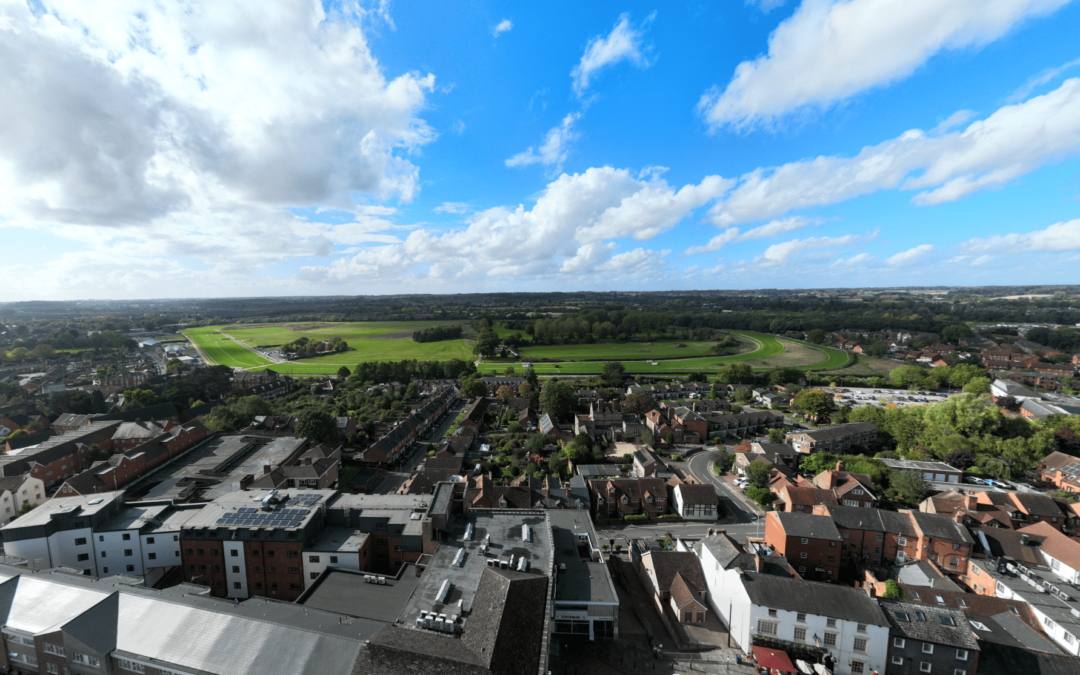
Understanding Operations Safety Case (OSC)
Understanding the Drone Operations Safety Case (OSC) and Standard Permissions Under PDRA01As drone technology rapidly evolves, businesses are...

Unleashing Speed and Efficiency through Cloud Processing
Cloud Processing In today’s digital age, the volume of data generated by various industries is growing exponentially, and the field of surveying is...
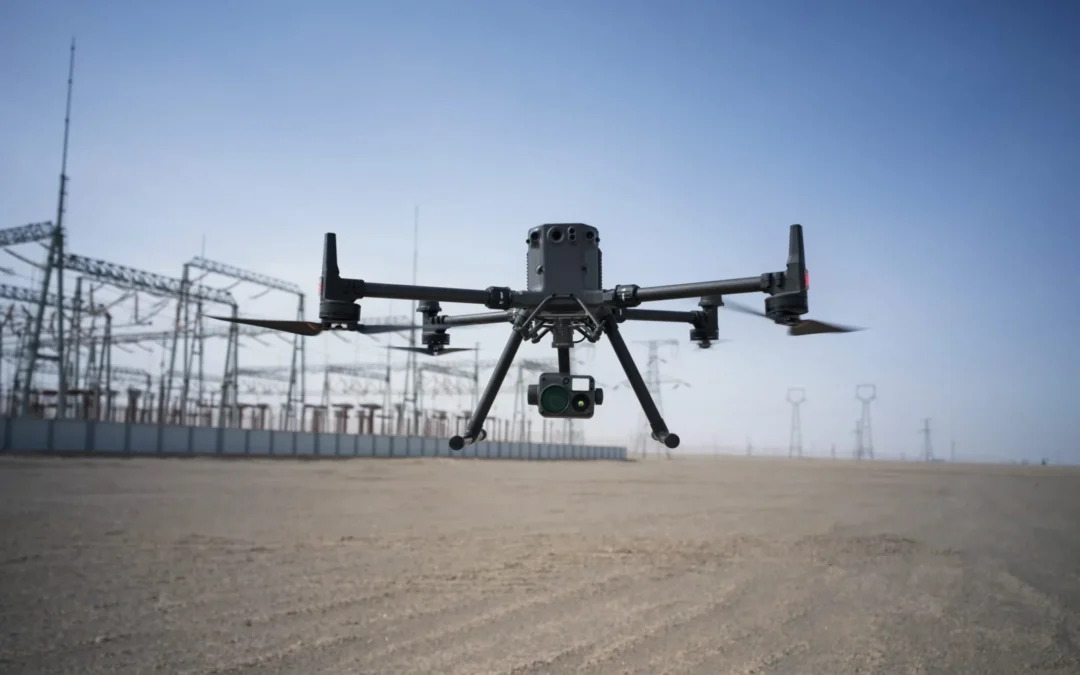
The Evolution of Surveying: How Drones are Reshaping the Industry
Traditional vs ModernSurveying is a fundamental aspect of many industries, providing crucial data for planning, design, and construction projects....
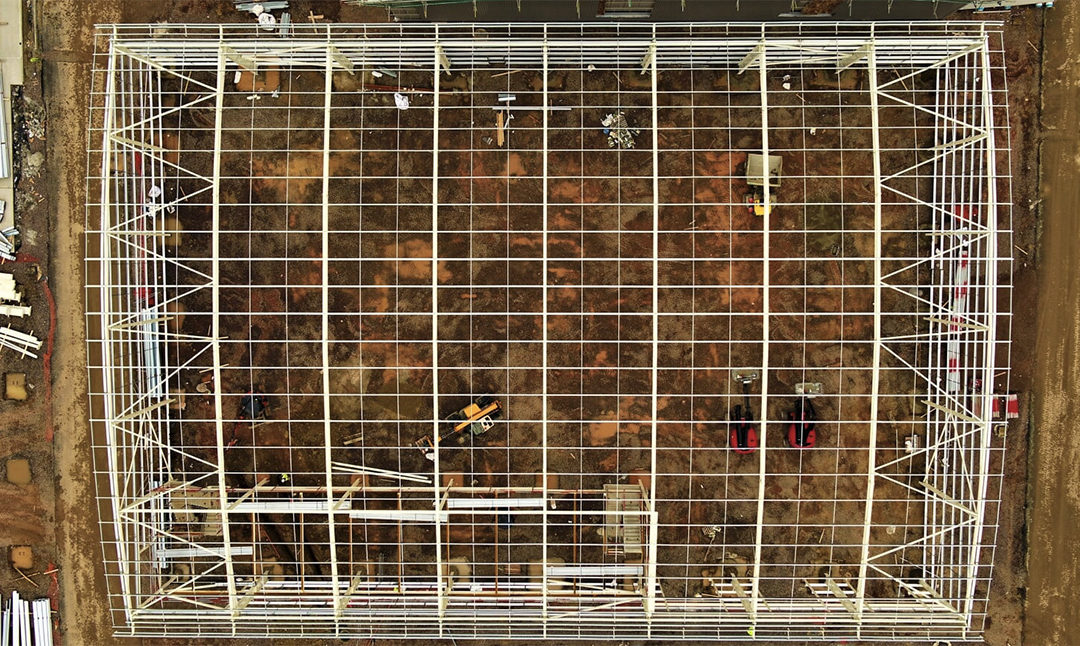
Safe Access Construction Quality Inspections
A staple on almost any construction site, is the mobile elevating work platform (MEWP), commonly referred to as a ‘cherry picker’. Often multiple...
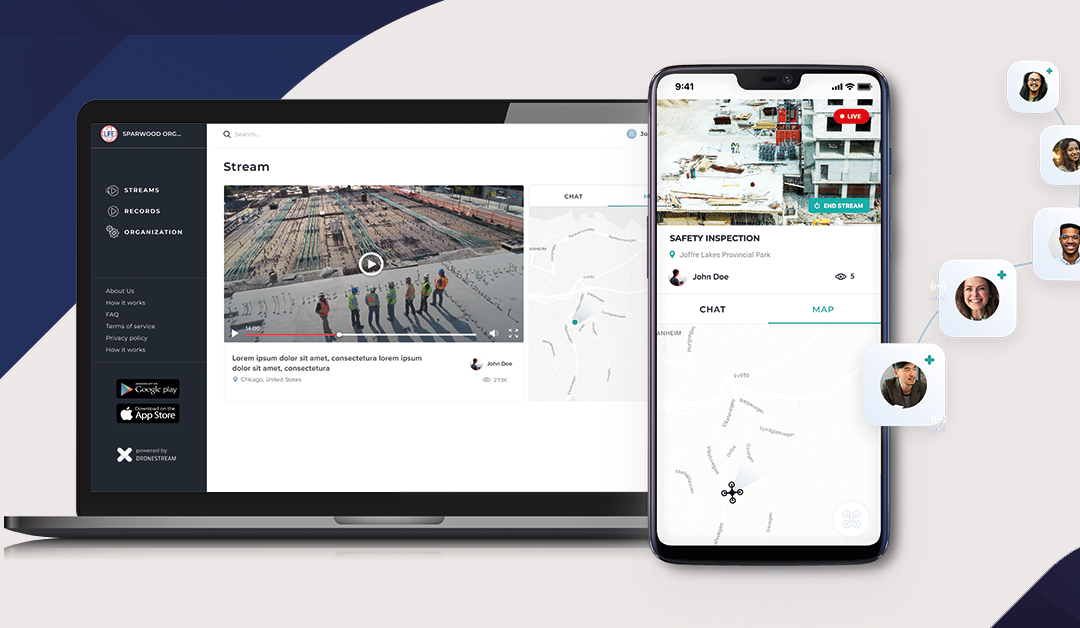
Dawn of the digital surveyor – site visits from home
With the Government travel restrictions remaining in place for the foreseeable future, both domestic and international, site visits have become a...
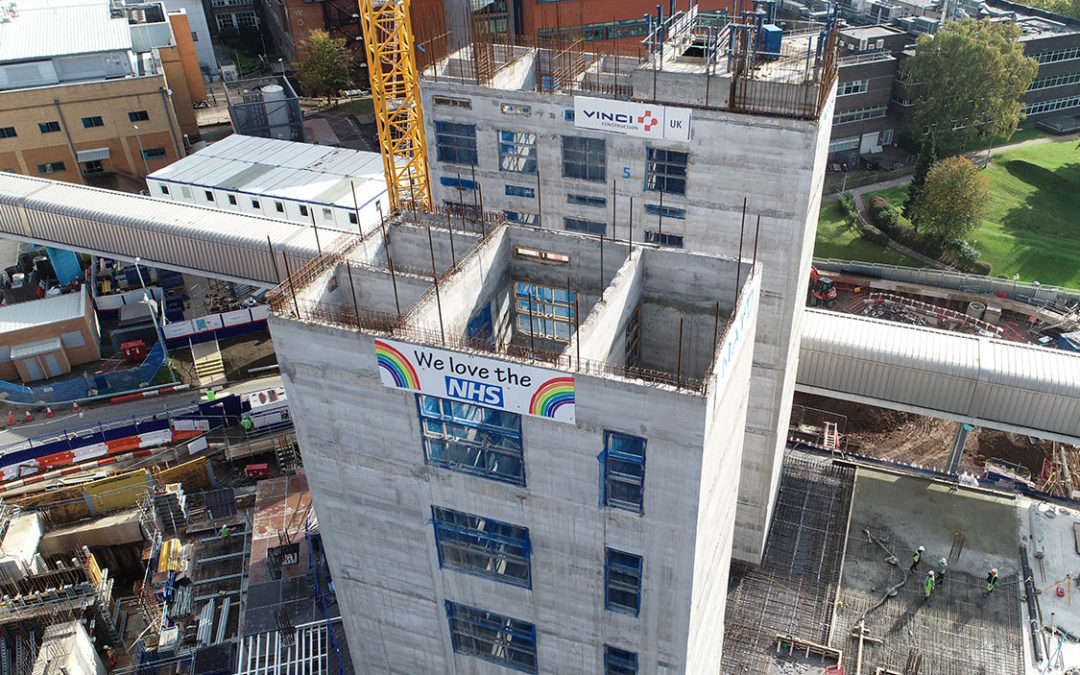
Drones keep construction on track during lockdown
With the nation in another lockdown but construction allowed to continue, it poses a dilemma for many developers, contractors and consultants who...

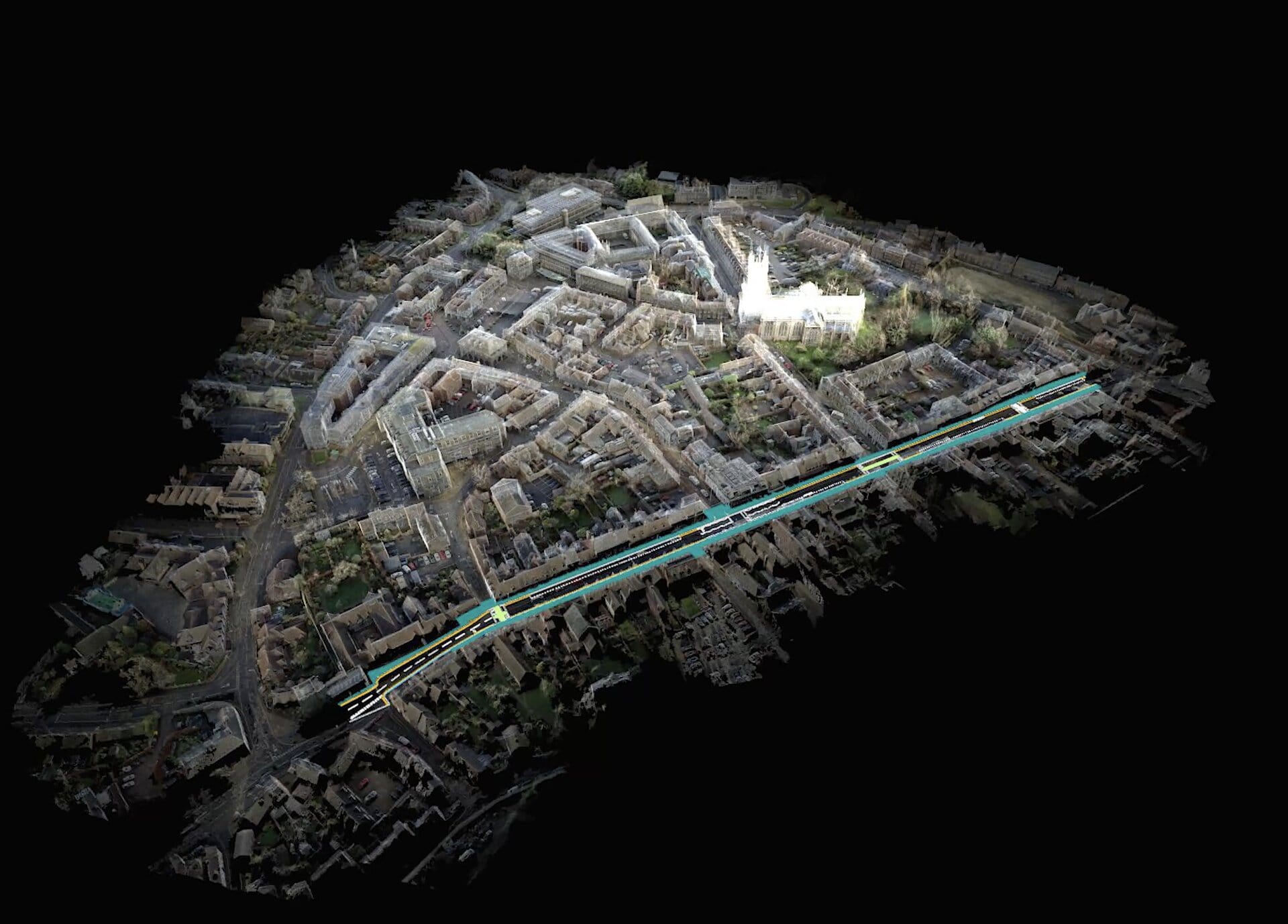
 Owen Jenkins
Owen Jenkins Danny Mckeown
Danny Mckeown